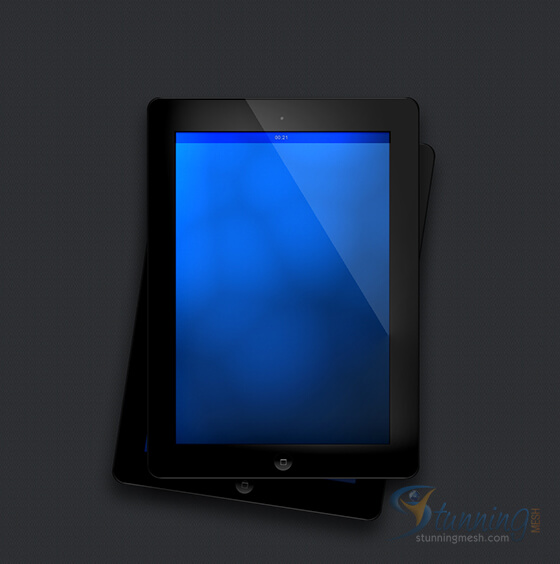This is yummy and mouthwatering Photoshop Tutorial because we are going to make M&M...
Mix
These mix categories, when expertly combined, unlock a spectrum of creative possibilities, allowing designers to weave intricate narratives and captivate their audience.
- Typography and Imagery Fusion: The fusion of Typography and Imagery categories creates a powerful synergy. By integrating carefully chosen fonts with relevant images, designers can convey messages with impact. Captivating headlines, coupled with complementary visuals, form a dynamic duo that captures attention and communicates the essence of the design.
- Color and Texture Collaboration: The Color and Texture categories dance together to infuse designs with depth and richness. Harmonizing color palettes with textures adds a tactile quality to visuals, creating a visually stimulating and immersive experience. This combination is particularly effective in branding, where the interplay of colors and textures communicates brand identity and personality.
- Animation and Interactive Elements: The Animation and Interactive Elements categories elevate design to a dynamic level. Incorporating animated graphics, transitions, or interactive features engages users on a deeper level. This mix not only enhances user experience but also injects vitality into websites, presentations, and digital media.
- Vector Graphics and Realistic Imagery: The juxtaposition of Vector Graphics and Realistic Imagery categories allows for a versatile design language. By combining the precision of vector elements with the authenticity of realistic images, designers achieve a balanced aesthetic. This mix is often employed in illustrations and branding, creating a visually cohesive and appealing outcome.
- 3D Modeling and Text Integration: The fusion of 3D Modeling and Text categories adds a layer of sophistication to designs. By incorporating three-dimensional elements with text, designers create visually striking compositions. This mix finds applications in product visualization, architectural renderings, and creative branding projects.
- Web and Print Design Harmony: The Web and Print Design categories collaborate to ensure seamless brand consistency across diverse mediums. By considering both digital and print aspects during the design process, designers create cohesive visual identities that transcend the limitations of a single platform.
- Minimalism with Maximal Impact: The interplay of Minimalism and Maximal Impact categories allows designers to balance simplicity with bold statements. By judiciously applying minimalist principles while strategically introducing elements that demand attention, designers achieve a design equilibrium that is both elegant and impactful.
- Responsive Design and Adaptive Layouts: The combination of Responsive Design and Adaptive Layouts ensures a seamless user experience across various devices. This mix allows designs to adapt gracefully to different screen sizes, maintaining functionality and aesthetics regardless of the platform.
Understanding the artful integration of Mix Categories empowers designers to push the boundaries of creativity. By harmonizing disparate elements, designers craft compositions that resonate with their audience, telling stories that are not only visually captivating but also deeply meaningful.
Today we bring another nice Photoshop Tutorial for you, in this Photoshop Tutorial you...
Here is another useful and important Photoshop Tutorial for you, in today’s Photoshop Tutorial,...
Today we are going to work on a nice Photoshop Tutorial, in this tutorial...
Here is another Nice Photoshop Tutorial for you. Today we are going to make...
This is very long but important Photoshop Tutorial, in this Tutorial we will be...
Here is another small dose for Designers who wanted to learn Photoshop. We have...
This is very Important Photoshop Tutorial, in this Tutorial we are going to design...
Today we are going to start a new Photoshop Tutorial. In this Photoshop Tutorial...
In this Photoshop tutorial you will learn how to design Blog Calendar Icon. We...
This is very important tutorial for those who wanted to make their First ever...
Today we are going to make a tutorial in Photoshop in which we will...
Today we are going to make a PlayStation Joystick in Photoshop. A lot of...
Photoshop is the most common Raster based software used for designing. It is used...
Here is very long tutorial, in this tutorial you will be making BlackBerry in...
Here is another stunning effect, you can make abstract background by using this effect...
Today we are going to make a USB in Photoshop, the purpose is only...
Though it is very long tutorial, but not boring I’m sure. By using this...
So here is another attractive and stunning Background. You will learn some new techniques...
For the series of Background, here is another dynamic background, this is general called...

























